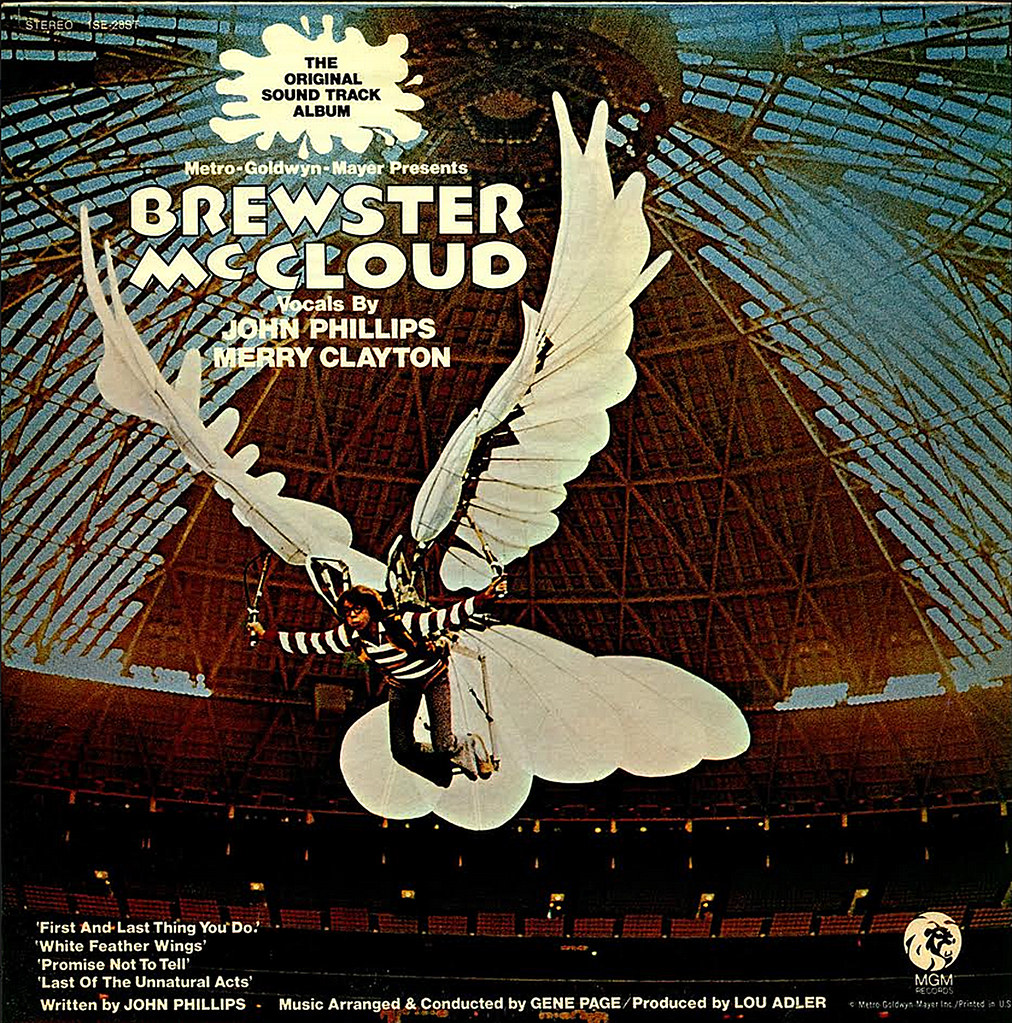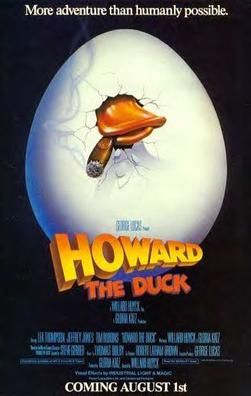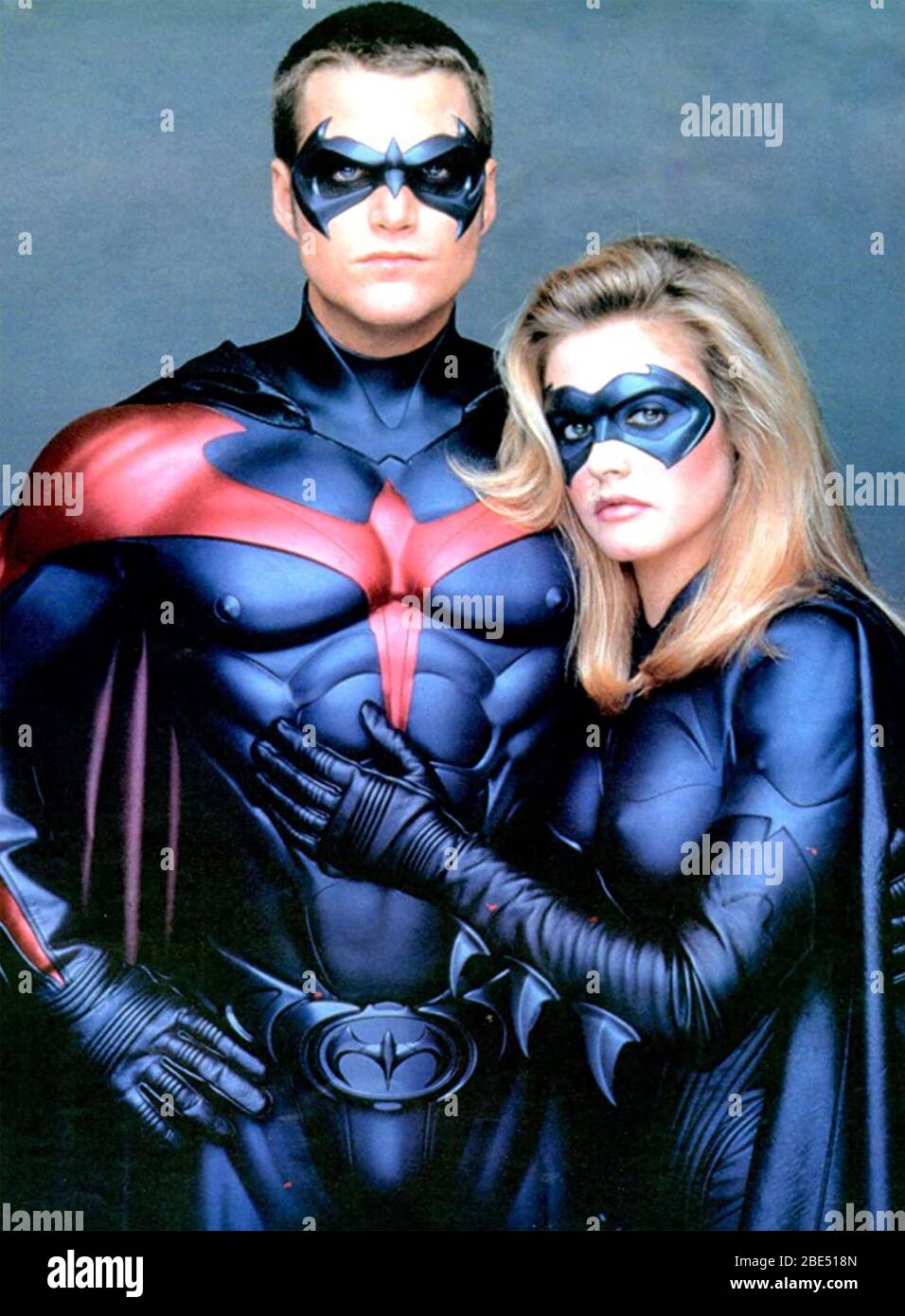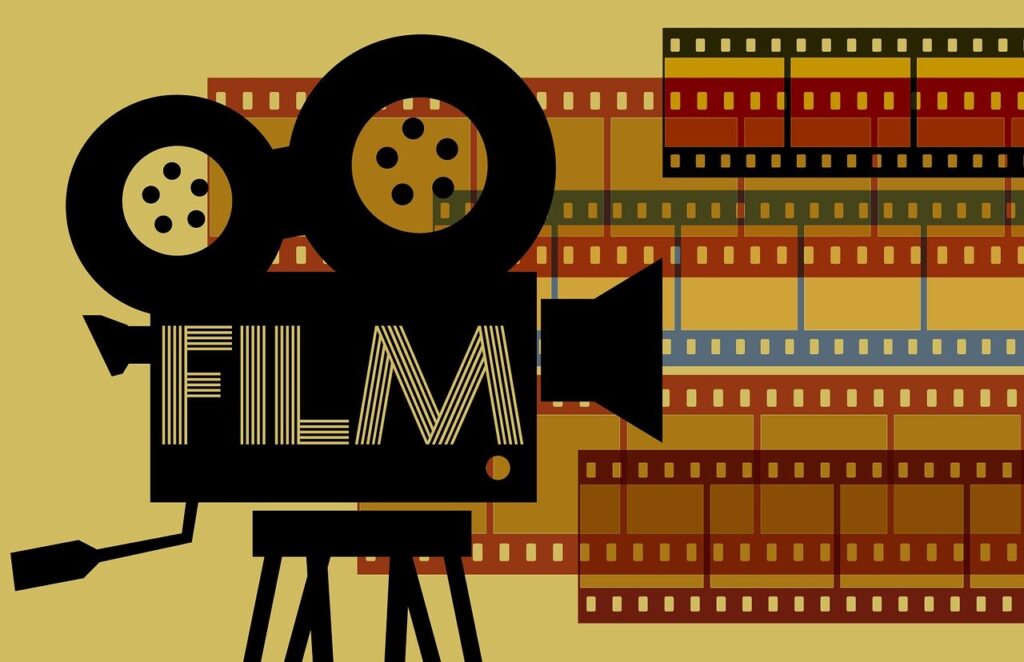The world of cinema is a fascinating tapestry, woven with threads of groundbreaking artistry, heartwarming tales, and edge-of-your-seat thrillers. Yet, within this rich fabric, there exists another, equally captivating category: films so profoundly, spectacularly bad, they achieve a perverse immortality. These aren’t just minor missteps; they are legendary cinematic blunders, often ranked by critics from Metacritic to Roger Ebert, and celebrated (or derided) in institutions like The Golden Turkey Awards and the Golden Raspberry Awards.
Our fascination with these monumental misfires stems from a unique blend of schadenfreude and genuine curiosity. What goes so catastrophically wrong to earn a film the dreaded title of ‘worst ever’? Often, these films are more discussed, more dissected, and perhaps even more beloved by certain cult followings than many critical darlings. They serve as cautionary tales for aspiring filmmakers and as endless sources of entertainment.
Join us on a journey through the annals of cinematic infamy, as we shine a spotlight on some of the most notorious films to ever grace the silver screen. From pre-Code exploitation shockers to B-movie sci-fi oddities and historical biopics gone awry, prepare to delve into the unique stories behind seven films that truly stand out in the grand, glorious pantheon of the ‘worst’ in film history. Each one, in its own disastrous way, has left an indelible mark.

1. **Maniac (1934)**Starting our descent, we encounter “Maniac” from 1934, a quintessential pre-Code exploitation film that pushed boundaries with its controversial blend of sex, violence, and drugs. Directed by Dwain Esper and also known as “Sex Maniac,” this film aimed to shock and sensationalize, setting a precedent for later cinematic shock tactics. It loosely adapted Edgar Allan Poe’s chilling tale, “The Black Cat,” taking it into decidedly strange and unsettling territory.
“Maniac” follows a vaudeville impersonator who becomes the assistant to a mad scientist. The film gained notoriety for its gratuitous footage of women undressing, a clear exploitation tactic designed to attract audiences before strict censorship. This element alone earned it considerable scorn and cemented its reputation as a provocative, if not tasteful, production.
Beyond exploitation, “Maniac” was also criticized for outright plagiarizing horror sequences from the 1922 silent film “Häxan.” This lack of originality, coupled with its sensationalism, did little to endear it to critics. Its technical shortcomings and narrative incoherence only added to its infamy, making it a target for identifying cinematic rock bottom.
Indeed, its status as a contender for the absolute worst has been widely recognized. Danny Peary believed “Maniac” is “the worst film ever made,” a sentiment echoed by Charlie Jane Anders of Gawker Media’s io9, who described it as “possibly the worst movie in history.” Its inclusion on Rotten Tomatoes’ “So Bad They’re Unmissable” list and Vanity Fair’s list of the 20 worst movies further solidifies its place.
John J. B. Wilson, founder of the Golden Raspberry Awards, featured “Maniac” in his book, “The Official Razzie Movie Guide: Enjoying the Best of Hollywood’s Worst.” This extensive critical consensus underlines that “Maniac” isn’t just a forgotten relic; it’s a foundational text in the study of cinematic miscalculation, a film whose flaws are as legendary as its controversial content.

2. **Reefer Madness (1936)**Next is “Reefer Madness,” originally “Tell Your Children,” and now arguably the most famous anti-cannabis propaganda film of all time. Released in 1936, this exploitation feature aimed to terrify audiences with its exaggerated portrayal of marijuana’s supposed dangers, yet ultimately achieved the exact opposite of its intended goal.
The film presents a melodramatic sequence, depicting high school students lured into smoking cannabis by pushers. The narrative quickly spirals into a sensationalized portrayal of addiction, leading to crimes like a hit and run, manslaughter, murder, attempted rape, and descent into madness. It suggests marijuana use inevitably results in organized crime association and suicide, painting a dire picture.
Critics have been unsparing. Leonard Maltin famously called it “the grand-daddy of all ‘Worst’ movies,” a title capturing its enduring reputation. Pacific Standard echoed this, writing it was “one of the first films ever to be considered transcendentally bad.” Its legacy is built on terrible acting, ludicrous dialogue, and wildly exaggerated stereotypes.
News.com.au characterized it as a “disastrous flop turned cult classic” precisely due to its blatant shortcomings. Natalli Amato of The Daily Dot highlighted the film’s ironic impact, noting it “may be one of the worst movies of all time for the fact that it accomplished the exact opposite of its intended goal” by becoming a beloved cult classic among stoners.
Danté Jordan of Leafly further solidified its status, writing it “may be ‘the worst movie of all time’,” and sharply criticized its numerous inaccuracies regarding marijuana use. He lambasted it as “easily one of the most uncreative and tone-deaf pieces of anti-cannabis propaganda,” a testament to its profound failure as a serious deterrent film. Its continued popularity as a “bad movie” staple highlights its spectacular misfire.

3. **The Terror of Tiny Town (1938)**Stepping into a truly unique corner of cinematic history, we find “The Terror of Tiny Town” from 1938, an unparalleled oddity. Directed by Sam Newfield and produced by Jed Buell, this movie stands alone as the only musical Western ever made with an all-dwarf cast. This premise alone guaranteed it a place in the annals of unusual filmmaking, but its execution ensured its place among the worst.
The film’s initial run saw it largely forgotten, but it was pulled from obscurity in the early 1970s, gaining new life as a camp classic during college and midnight screenings. Its unique casting, coupled with often bewildering narrative and production values, made it perfect for audiences seeking out films that were “so bad they’re good.” The earnestness of its cast, combined with the absurdity of the concept, created a potent mix for cult appeal.
Its critical reception has been consistently negative, solidifying its status as a truly terrible film. In 1978, it was included in Michael Medved’s influential book, “The Fifty Worst Films of All Time,” which introduced many to appreciating bad cinema. Since then, it has frequently appeared on lists of the worst films ever made, curated by Flavorwire, Rotten Tomatoes, and The Golden Turkey Awards.
Melvin Defleur went so far as to refer to it as “Perhaps the worst film of all time,” a strong declaration underscoring its profound artistic shortcomings. Yet, despite, or perhaps because of, its abysmal quality, the film has found strange affection among its viewers. Critic Gabriel Ricard, while listing it as the worst film ever made, affectionately noted that “not only is it pretty terrible, but Tiny Town is also pretty endearing.”
This blend of terrible filmmaking and unexpected charm made “The Terror of Tiny Town” a perfect subject for comedic ridicule. In 1986, it was the first film featured on “Canned Film Festival,” a late-night television show dedicated to showcasing the worst movies ever made. Its legacy is thus fascinating, proving that even the most critically panned films can carve out a special niche among bad movie aficionados.
Read more about: Your Ultimate Must-Watch List: 12 Essential Movies That Will Absolutely Blow Your Mind (Seriously!)

4. **The Babe Ruth Story (1948)**Moving into the post-war era, our next entry is “The Babe Ruth Story” from 1948, a baseball film biography of the legendary Babe Ruth. Starring William Bendix as The Great Bambino, this biopic intended to celebrate one of America’s most iconic athletes. However, it quickly struck out with critics and audiences alike, earning its place among the most ridiculed sports films ever made.
The film was rushed into release while Ruth was still alive, a decision that perhaps contributed to its numerous inaccuracies and dramatic liberties. One infamous scene features Ruth promising a dying child he will hit two home runs, and upon delivering, the child is miraculously cured. This saccharine and improbable moment encapsulates the film’s tone-deaf approach.
Critical reactions were swift and brutal. Baseball Hall of Famer Ted Williams believed it to be the “worst movie he had ever seen.” The Washington Times stated it “stands as possibly the worst movie ever made,” a harsh indictment echoed by countless critics since its release. Its narrative became a benchmark for how *not* to adapt a real-life story.
The Spokesman-Review included “The Babe Ruth Story” on its list of the worst films of all time. Paul Newberry of the Associated Press asserted the film’s consistent presence on “nearly every list of the worst movies ever made” was “with good reason.” This widespread consensus underscores a failure not just in execution, but in fundamental storytelling and biographical integrity.
Newsday’s Jack Mathews similarly cemented its reputation, writing it was “what many people consider to be the worst sports movie of all time.” It was also frequently cited as one of the worst sports films ever by Newsday and The A.V. Club, and recognized as one of the worst biopics by Moviefone and Spike. Michael Sauter even included the film in his book, “The Worst Movi-” indicating its undeniable place in the pantheon of cinematic duds.
5. **Plan 9 from Outer Space (1957)**No discussion of “worst films ever made” would be complete without acknowledging the undisputed champion: “Plan 9 from Outer Space” from 1957. While the context here only mentions it in relation to other films, its pervasive reputation as the quintessential bad movie is universally understood, making it an essential inclusion.
Often attributed to director Ed Wood Jr., a legend in incompetent filmmaking, “Plan 9 from Outer Space” is a science fiction horror film that defies easy categorization—or even understanding. Its production was notoriously troubled, marked by low budgets, continuity errors, amateurish acting, and a narrative that veers wildly from one illogical plot point to the next.
The critical reception has been overwhelmingly negative since its release, yet it has garnered a peculiar affection. Las Vegas CityLife named it the “worst ever” runner-up to “Reefer Madness,” a high-praise insult situating it among the most famously panned films. Its constant appearance on “worst of” lists has solidified its identity.
Indeed, the film’s reputation is so pervasive that other critically derided films are often compared to it. “The Babe Ruth Story,” for example, was called the “Plan 9 from Outer Space of baseball biopics” by The New York Times, demonstrating that Wood’s creation has become the ultimate benchmark for cinematic ineptitude. It is the gold standard for unintended comedy and filmmaking failure.
Its legacy is not merely one of failure, but one of iconic cult status. “Plan 9 from Outer Space” has transcended its origins as a poorly made B-movie to become a cultural touchstone, celebrated for its earnestness in the face of profound incompetence. It is a testament that sometimes, being the absolute worst can be a path to a unique, enduring form of fame and adoration.
6. **Santa Claus Conquers the Martians (1964)**Venturing into the 1960s, we encounter a holiday-themed cinematic oddity that has become a staple of “worst movie” marathons: “Santa Claus Conquers the Martians” from 1964. As its title boldly declares, it presents a premise so outlandish it almost demands attention, and its execution ensures it remains firmly entrenched in the annals of bad filmmaking, beloved by those who revel in unintentional comedy.
The film’s inclusion on numerous lists of the worst films ever made highlights its unique brand of failure. While the context doesn’t dive into specific plot details, the concept of Santa Claus battling extraterrestrial invaders paints a picture of its likely tone and target audience. It’s a children’s film, perhaps, but one that has aged… uniquely.
Its widespread critical panning isn’t just subjective; it speaks to fundamental issues in writing, direction, acting, and production value. Films like this often suffer from shoestring budgets that fail to support ambitious concepts, leading to hilariously unconvincing special effects and sets. This visual ineptitude is a cornerstone of its charm.
However, much like many other entries on our list, “Santa Claus Conquers the Martians” has found a passionate second life as a cult classic. It’s the kind of movie that begs to be watched with friends and laughed at. Its enduring appeal lies in its sincere, albeit deeply flawed, attempt to deliver a fantastical Christmas adventure, resulting in a charmingly amateurish spectacle.
This film perfectly illustrates how a movie’s perceived “badness” can paradoxically enhance its watchability. It’s often featured on television shows and streaming services that celebrate terrible cinema, offering a festive dose of unintended humor to generations of viewers. For many, it’s not Christmas until Santa has clumsily ‘conquered’ the Martians.

7. **Manos: The Hands of Fate (1966)**Rounding out this section is “Manos: The Hands of Fate,” a 1966 independent horror film whose reputation precedes it. Often cited as one of the single worst films ever made, its title evokes dread, not for the horror it attempts, but for the sheer incompetence displayed throughout. It’s a film that has achieved legendary status among bad movie connoisseurs.
The film’s production story is almost as infamous as the film itself—a tale of amateurish ambition and profound limitations. While specific details aren’t provided, its consistent presence on lists of “worst films” indicates a universal consensus regarding its quality. It represents a nadir of independent filmmaking, a perfect storm of directorial ineptitude and technical blunders.
“Manos: The Hands of Fate” is a masterclass in how to get almost everything wrong. From its bizarre, disjointed narrative and painfully slow pacing to its atrocious acting and hilariously bad sound design, it offers a veritable smorgasbord of filmmaking errors. Its infamous character, Torgo, with his oddly bent knees and peculiar mannerisms, has become a cult figure, embodying the film’s unsettling and often comedic strangeness.
The film’s legacy is intricately tied to its widespread critical dismissal. Like many other films that grace these “worst of” lists, “Manos” found a new audience through shows like “Mystery Science Theater 3000.” These platforms highlighted its egregious flaws with comedic commentary, transforming a nearly unwatchable movie into an endlessly entertaining experience.
“Manos: The Hands of Fate” is not merely bad; it is transcendentally, uniquely bad, a film that must be seen to be believed. It stands as a testament that sometimes, a film’s inability to achieve even basic competence can paradoxically ensure its lasting place in pop culture, revered by a devoted niche who celebrate its glorious, spectacular failure.
Having journeyed through the foundational failures of early cinema, we now turn our gaze to more modern examples that have equally earned their notorious spots in the annals of bad filmmaking. From the 1970s to the 2010s, these films represent a contemporary continuation of cinematic missteps, each managing to achieve a unique level of infamy. They serve as compelling case studies, demonstrating that even with evolving technologies and larger budgets, the capacity for spectacular cinematic blunders remains ever-present. These are the films that critics, from Metacritic to the Golden Raspberry Awards, have consistently highlighted as monumental misfires, capturing the attention of avid fans who delight in dissecting their flaws.
Our exploration continues by analyzing the monumental missteps, lasting cultural impact, and why these particular films endure as benchmarks for bad filmmaking. Much like their predecessors, these later entries are often discussed, dissected, and sometimes even ironically beloved by niche cult followings. They are not merely forgotten relics but rather enduring monuments to what can go catastrophically wrong, offering cautionary tales for aspiring filmmakers and endless sources of entertainment for those who appreciate the art of the gloriously terrible.

8. **Myra Breckinridge (1970)**Kicking off our modern era of cinematic infamy, *Myra Breckinridge* from 1970 stands as an early testament to the baffling choices that can define a film’s reputation. This movie, arriving at the dawn of a new decade, found itself quickly etched onto lists of the worst films ever made, a dubious honor that speaks volumes about its reception upon release. Its very inclusion among these ranks suggests a confluence of creative misjudgments and production woes that culminated in a truly challenging viewing experience.
Critiques leveled against films of this caliber often point to fundamental errors in storytelling, direction, and acting. *Myra Breckinridge* undoubtedly faced its share of such scrutiny, earning its place alongside titles frequently derided by critics and awards such as the Golden Raspberry Awards. It represents a particular kind of artistic ambition that, tragically, veered far off course, contributing to its enduring status as a film often cited for its profound lack of quality rather than any artistic merit.
Despite its critical drubbing, or perhaps because of it, films like *Myra Breckinridge* can develop a peculiar legacy. While not always embraced in the mainstream, their sheer audacity or unexpected failures can resonate with niche audiences. It stands as a reminder that cinematic infamy is not solely reserved for the independent or low-budget productions of yesteryear but can also claim victims among more mainstream, commercially-oriented projects attempting to make a statement, however poorly executed.
9. **Exorcist II: The Heretic (1977)**Venturing further into the 1970s, *Exorcist II: The Heretic* from 1977 serves as a prime example of a sequel that spectacularly failed to live up to its acclaimed predecessor. Often appearing on “worst films ever made” lists, this entry highlights how even established franchises with significant resources can produce monumental missteps that leave audiences and critics alike utterly bewildered. Its existence is a testament to the fact that past success is no guarantee against future cinematic blunders.
This film, like many others achieving infamy, likely drew strong criticism from major media sources such as Metacritic and Roger Ebert’s list of most-hated films. It embodies the kind of production where elements contributing to its lack of quality, from incoherent plot points to questionable directorial decisions, were readily apparent. Such critical analyses often dissect why certain films fail so spectacularly, and *Exorcist II: The Heretic* provides ample material for such discussions.
Its lasting cultural impact, unfortunately, is often tied to its status as a cautionary tale within Hollywood – a benchmark for how *not* to continue a beloved story. While it may not have garnered the affectionate cult following of some other “bad” movies, its endurance on lists of cinematic failures ensures its place in history. It continues to be an object lesson in how a misguided vision can transform a promising concept into a widely recognized misfire, leaving a noticeable stain on its franchise’s legacy.
10. **Heaven’s Gate (theatrical version, 1980)**As we enter the 1980s, *Heaven’s Gate* (theatrical version) from 1980 emerges as a monumental example of a film whose colossal financial and critical failure reshaped industry practices. Its very name became synonymous with Hollywood excess and artistic indulgence gone disastrously wrong, securing its place on virtually every list of the worst films ever made. The story behind its production is as infamous as the film itself, a tale of ambition and hubris that spiraled out of control.
Critiques for *Heaven’s Gate* were devastating and widespread, covering every conceivable aspect from its bloated runtime and incoherent narrative to its lavish yet ineffective production. Film critics and industry insiders, often represented by the very sources that compile “worst of” lists, identified its specific elements that contributed to its profound lack of quality. It became a case study in how a feature-length film, intended to be a grand artistic statement, can instead become a benchmark for catastrophic commercial and critical failure.
*Heaven’s Gate*’s lasting cultural impact cannot be overstated; it led to significant changes in how studios oversaw their productions and nearly brought down a major studio. It endures as a powerful benchmark for bad filmmaking not just for its artistic shortcomings, but for its profound real-world consequences on the business of cinema. Its story is constantly referenced in discussions about film history, serving as a stark reminder of the risks inherent in bold, unbridled artistic visions.

11. **Howard the Duck (1986)**Mid-decade in the 1980s brings us *Howard the Duck* from 1986, a film that attempted to translate a quirky comic book character to the big screen with notoriously poor results. This particular movie swiftly earned its spot on “worst films ever made” lists, highlighting the difficult balance between source material adaptation and successful cinematic execution. Its presence among these infamous titles is a strong indicator of its failure to connect with audiences or critics, despite its intentions as a commercial venture.
Like many films that fall into this category, *Howard the Duck* was subjected to intense scrutiny by critics from various media sources. These analyses often pointed to a myriad of issues, from its unconvincing practical effects and often awkward humor to its disjointed narrative. The film’s specific elements contributed to a widely held perception of its low quality, making it a frequent subject of discussions among film enthusiasts about why certain blockbusters simply fail to land.
*Howard the Duck* has, over time, cemented a peculiar form of cult status, though perhaps more out of ironic appreciation for its missteps than genuine affection. It endures as a benchmark for bad filmmaking and a classic example of a “so bad it’s good” movie for some, becoming a topic of fan discussions and even earning nods on platforms like *Mystery Science Theater 3000*. Its legacy is a fascinating case study in how a film can be widely panned yet still retain a strange, enduring presence in popular culture due to its memorable flaws.
Read more about: You Won’t Believe the Star Power Hiding in These 14 Movies We Totally Underestimated at the Time!

12. **Batman & Robin (1997)**Leaping into the late 1990s, *Batman & Robin* from 1997 is a film that notoriously steered a beloved superhero franchise into critical disaster. Its immediate and widespread condemnation by critics and fans alike quickly ensured its inclusion on nearly every list of the worst films ever made. The movie’s extravagant production, intended to be a major commercial success, instead became a textbook example of how a high-profile project can spectacularly misfire, marking a low point for its iconic characters.
The film was a prime target for critical analysis across numerous platforms, from Metacritic reviews to considerations for awards like the Golden Raspberry Awards. Its “monumental missteps” were glaring, including an overly campy tone, a reliance on cheesy one-liners, questionable costume designs, and a generally incoherent plot that sacrificed substance for spectacle. These specific elements contributed to its pervasive reputation as a profoundly disappointing and poorly executed superhero epic.
*Batman & Robin* endures as a significant benchmark for bad filmmaking, particularly within the superhero genre, representing a cautionary tale for how studios handle their intellectual properties. Its lasting cultural impact is undeniable, often cited in discussions about the worst comic book adaptations and the pitfalls of creative overreach. Despite its commercial failure, it has paradoxically maintained a strange sort of fame, serving as a constant reference point for fans and critics dissecting the very definition of a cinematic blunder.
Read more about: Beyond the Greenlight: 12 Sci-Fi Movies We Almost Saw (and the Wild Reasons They Collapsed)

13. **Battlefield Earth (2000)** ushering in the new millennium, *Battlefield Earth* from 2000 swiftly claimed its throne as one of the most widely ridiculed films of its era, cementing its place on countless “worst films ever made” lists. This sci-fi epic, burdened by a heavy marketing push and a controversial origin, delivered a cinematic experience so profoundly flawed that it became an immediate and enduring symbol of spectacular failure. It stands as a powerful illustration of how even substantial budgets and widespread distribution cannot guarantee quality or critical acceptance.
Critics across the board, from esteemed film reviewers to publications focused on pop culture, dissected *Battlefield Earth* with relish, identifying its myriad “monumental missteps.” Its infamous elements, including bizarre cinematography, stilted dialogue, confusing plot, and over-the-top acting, were universally panned. This rigorous analysis by various media sources, including those associated with “worst movie” awards, meticulously detailed why the film achieved such an extreme degree of negative reception and cemented its status as a quintessential dud.
*Battlefield Earth* endures as a benchmark for bad filmmaking, not merely for its individual flaws, but for its comprehensive failure to deliver on almost any cinematic front. Its lasting cultural impact is evident in its continued presence on “worst of” lists and its frequent mention in discussions about cinematic incompetence, making it a staple for those who study or simply enjoy dissecting spectacular artistic blunders. It has become a reference point for everything a big-budget film should strive *not* to be.
Read more about: American Automotive Crossroads: 7 Overrated Cars and 7 Overlooked Gems That Defined Eras
14. **Jack and Jill (2011)**Concluding our journey into cinematic infamy from the 2010s, *Jack and Jill* from 2011 represents a more recent entry that quickly ascended to the top ranks of “worst films ever made.” This comedy, starring a prominent actor in dual roles, became an immediate and overwhelming critical punching bag, securing its spot on nearly every list compiled by critics and award bodies dedicated to recognizing cinematic failures. Its modern inclusion demonstrates that even in contemporary filmmaking, truly spectacular misfires are still possible, regardless of star power.
Reviewers and media sources, including those associated with awards like the Golden Raspberry Awards and various “worst of” lists, delivered scathing critiques of *Jack and Jill*. Its “monumental missteps” were cataloged extensively, from its uninspired humor and formulaic plot to the questionable artistic choices and performances that define the film. The consensus among critics was swift and brutal, highlighting the specific elements that contributed to its overwhelming lack of quality and making it a prime subject for analytical breakdowns of comedic failure.
*Jack and Jill* endures as a benchmark for bad filmmaking, particularly within the comedy genre, and its lasting cultural impact lies in its consistent presence as a modern example of cinematic futility. It often features in fan discussions and critical retrospectives of the worst films of the 2010s, serving as a contemporary cautionary tale. This film undeniably proves that the quest for cinematic infamy is an ongoing one, with new contenders emerging regularly to challenge the old guard for the title of the absolute worst.
Read more about: Still Shining Bright: 11 Legendary Stars from Hollywood’s Golden Age Who Continue to Captivate Us
And so, our journey through the glorious, albeit often painful, world of cinematic misfires concludes. From the grainy, boundary-pushing horrors of the 1930s to the big-budget blunders of the 21st century, these films, in their unique and often baffling ways, have all left an indelible mark on movie history. Whether they achieve cult status through unintentional comedy or serve as stern warnings for aspiring filmmakers, each entry in this roundup reminds us that sometimes, the greatest lessons and the most memorable experiences in cinema come not from its triumphs, but from its most spectacular, unforgettable flops. They are a testament to the fact that bad cinema, in its own peculiar way, is just as captivating as the good, reminding us to sometimes skip the blockbusters and instead embrace the beautifully broken.









